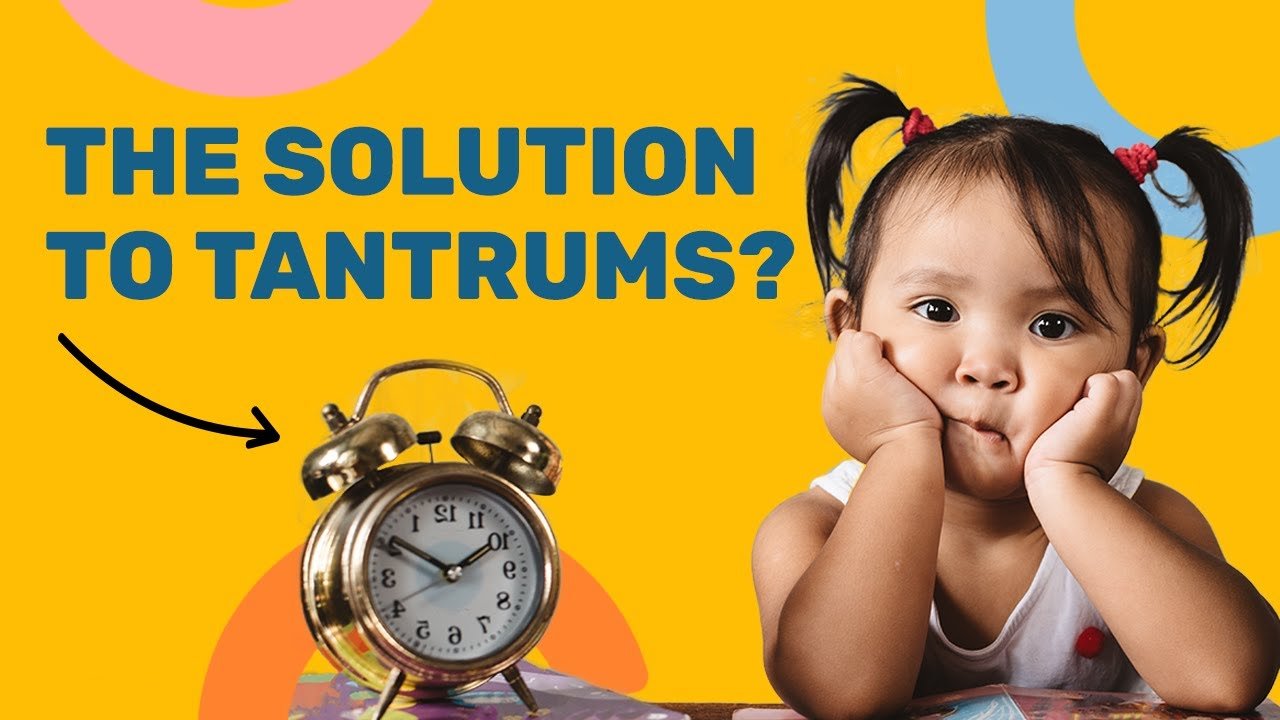Are you tired of dealing with toddler tantrums every time you try to transition them from one activity to another? Well, there’s good news! In this article, we will explore effective strategies for using natural breaks to ease toddler transitions. By waiting for a natural pause or finish in the activity before asking your child to stop, you can significantly reduce the frequency and severity of tantrums. We’ll also discuss techniques such as sabotaging the activity, using a timer, and counting down to prepare your child for the transition. With consistency and the right approach, transitioning between activities can become much easier for both you and your little one. Stay tuned for some practical tips and tricks that will make your parenting journey smoother and more enjoyable.
Introduction
Transitioning from one activity to another can often be a challenging experience for toddlers and their parents. It is a common trigger for tantrums and can lead to frustration for both parties involved. However, there are strategies that can be implemented to ease transitions and reduce the frequency and severity of toddler tantrums. By understanding the importance of natural breaks, using timers, and counting down, parents can help their toddlers navigate transitions more smoothly. Additionally, maintaining consistency and avoiding trigger phrases can further contribute to a positive transition experience. In this article, we will explore these strategies in detail and discuss the benefits of implementing them.
Understanding Toddler Transitions
Transitions and Toddler Tantrums
Transitioning from one activity to another is a common cause of toddler tantrums. Toddlers often have a difficult time managing their emotions and may struggle with the sudden change in routine or activity. This can lead to frustration and tantrums as a response to their feelings of discomfort or resistance to change.
Strategies to Ease Transitions
There are several strategies that parents can employ to make transitions easier for their toddlers. By implementing these strategies, parents can help reduce the frequency and severity of tantrums. Some of these strategies include waiting for natural breaks in activities, sabotaging the activity to create natural breaks, using timers, and counting down to prepare the child for the transition. These strategies can be effective in minimizing resistance and anxiety associated with transitions.
Using Natural Breaks
The Importance of Natural Breaks
Waiting for natural breaks in activities can be an effective way to ease transitions for toddlers. A natural break refers to a pause or end point in whatever activity the child is engaged in. By waiting for a natural break before asking the child to stop the activity, parents can reduce the likelihood of tantrums and resistance.
Waiting for Natural Breaks
In situations where natural breaks do not naturally occur, parents can create opportunities for them. For example, if a child is watching a television show and needs to stop, parents can fast forward the show to a few minutes before it ends. This allows the child to reach a natural break in the activity, making it easier for them to transition to the next task.

Sabotaging the Activity
Creating Opportunities for Natural Breaks
Sabotaging the activity is another effective way to create natural breaks. For example, if a child is playing with toys and needs to move on to another activity, parents can strategically remove one toy at a time, gradually reducing the number of available toys. This creates a natural break in the playtime and makes it easier for the child to transition.
Importance of Using a Timer
Using a timer can provide toddlers with a sense of control and understanding of when an activity will end. Toddlers often respond well to visual cues, and a timer can help them gauge how much time is remaining. Parents can use a kitchen timer, a time timer, or the timer on their phone to set a designated amount of time for the activity. When the timer goes off, it signals that it’s time to stop the activity and move on.
Counting Down
Preparing the Child for Transition
Counting down can be an effective strategy to prepare a child for a transition. By providing a clear countdown, parents give the child a sense of how much time is left in the current activity and allow them to mentally prepare for the change. This can reduce anxiety and resistance associated with transitions.
Reducing Anxiety
Counting down also helps reduce anxiety by giving the child a sense of control and predictability. When a child knows how many more times they can engage in a specific activity before transitioning, it becomes easier for them to cope with the upcoming change. By counting down, parents can minimize the likelihood of tantrums and resistance.
Parental Response to Tantrums
Remaining Calm and Consistent
When a child throws a tantrum during a transition, it is important for parents to remain calm and consistent. It is natural for a child to be upset about the change, but it’s crucial for the parent to follow through with the transition and not give in to the tantrum. By modeling calm behavior, parents can help their child regulate their emotions and understand that tantrums will not change the outcome.
Not Giving in to Tantrums
Giving in to tantrums can inadvertently reinforce the behavior and make future transitions more challenging. If a child throws a tantrum in response to a transition, parents should acknowledge the child’s feelings but remain firm in the decision to stop the current activity. By consistently stopping activities as planned, parents can teach their toddlers that tantrums will not result in extended playtime or avoided transitions.
Maintaining Consistency
Establishing a Routine
Establishing a routine can be instrumental in minimizing tantrums and facilitating smoother transitions. When a child knows what to expect and has a predictable routine, they are more likely to feel secure and in control. Parents can create a visual schedule or verbally communicate the order of activities to ensure that the child knows what is coming next. Consistency in the routine helps the child anticipate transitions and reduces resistance.
Consistently Stopping Activities
Consistency is key when it comes to transitions. Once a parent has indicated that it is time to stop an activity, it is important to follow through and stop the activity as planned. By consistently enforcing transitions, parents can reduce confusion and frustration, making it easier for toddlers to adapt to the changes.
Avoiding Trigger Phrases
Phrases to Avoid
Certain phrases can trigger heightened emotions and resistance in toddlers when it comes to transitions. Phrases such as “just one more minute” or “five more minutes” can be particularly challenging for young children to understand and process. These phrases can create ambiguity and lead to tantrums when the time limit is reached.
Alternative Strategies
Instead of using unclear phrases, it is recommended to provide a concrete countdown or use a timer. Clear and specific communication about the remaining time allows the child to better comprehend the transition and reduces the likelihood of tantrums. Providing specific instructions such as “two more slides and then it’s time to go home” gives the child clarity and helps them mentally prepare for the transition.
Conclusion
Implementing strategies to ease transitions is a valuable tool for parents dealing with toddler tantrums. Waiting for natural breaks, using timers, and counting down can all contribute to smoother transitions and reduced resistance. Remaining consistent, avoiding trigger phrases, and establishing a routine further enhance the transition experience. By following these strategies, parents can help minimize tantrums and create a more positive and harmonious atmosphere during transitions. Ultimately, these techniques contribute to an overall improvement in the child’s ability to navigate change and adapt to new situations.

